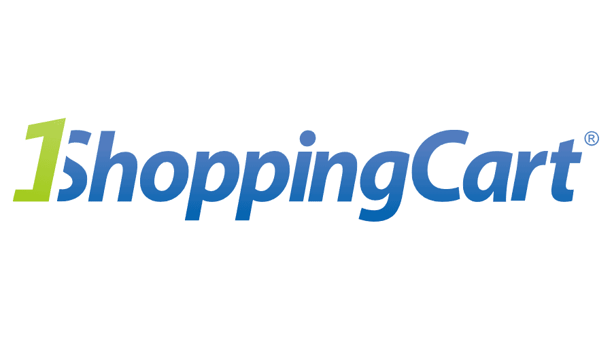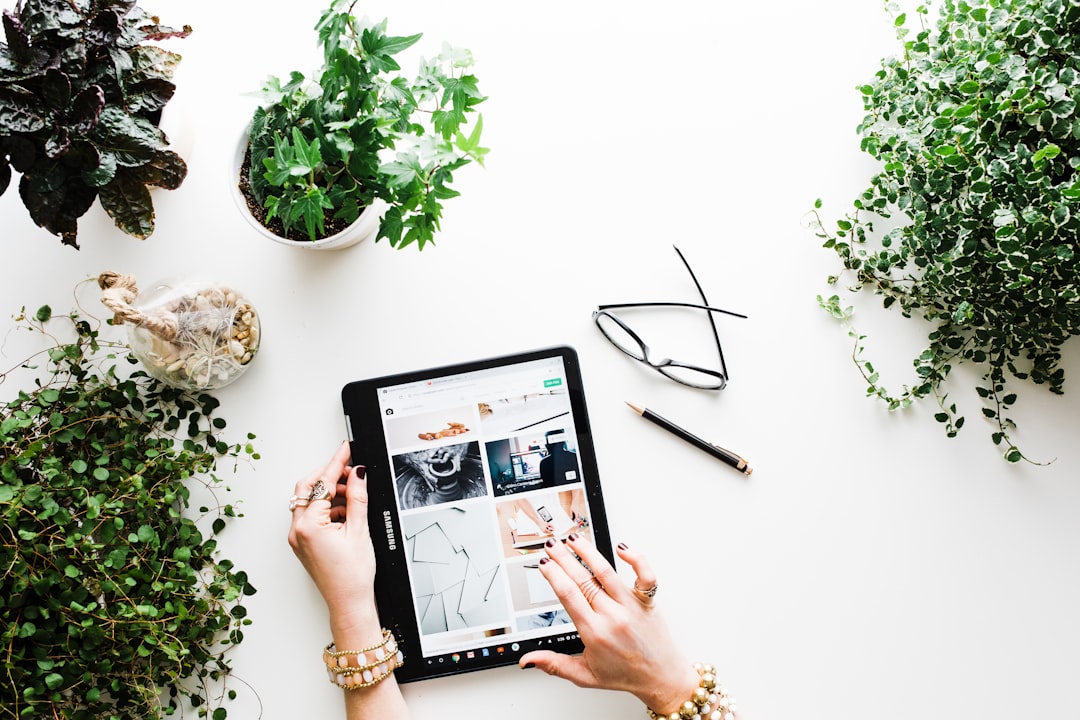
Do you want to establish an eCommerce business with a fresh product idea? As eCommerce businesses continue to grow and expand, the key to success is offering products that appeal to your target market. But how do you determine what products will resonate with your audience? Well, the best way to decide whether your idea can become a winning product or not is to create a product prototype.
What Is A Product Prototype?
A product prototype is an early version of a product or service that allows companies to test out ideas and gather feedback from potential customers. Prototypes can be either physical or digital, and they can range from simple concepts to fully-functioning models. Prototypes are often used in conjunction with focus groups and market research to help determine whether a product or service is likely to be successful.
Not only does developing a prototype help companies avoid unnecessarily investing too much time and money into them, but it can also be a valuable marketing tool, as it can help generate buzz and excitement for a new product or service.
However, many entrepreneurs bypass the prototyping stage as they are eager to sell and start making money from their product as soon as possible. As a result, they end up shutting down their business. In fact, it has been found that only 25% of product launches are successful after launch; around 75% of product launches fail within one year.
So, if you don’t want to fail after starting an eCommerce business, it is recommended not to overlook the importance of product prototypes.
How To Create A Prototype For A Product?
Create a detailed diagram or sketch: When it comes to creating a product prototype, you should start with creating a detailed diagram. However, when drawing the sketch, try to capture as many ideas as possible. This will not only help you know how your product will look after production but also help you decide its dimensions, material, and functionality.
There are several methods you can use to create a prototype for your product, including 3D printing, CNC machining, and hand-crafting. The best method for creating a prototype will depend on the type of product you are developing and the resources you have available.
Create a 3D model: Once you have drafted the sketch of your product, it is time to create its 3D model. This will not only help you visualize your product but also enable you to create a lasting impression on your investors. You can use several 3D modeling tools, such as Autodesk Fusion 360, SketchUp, or Blender. And, if you are not familiar with these tools, you can hire a professional. However, remember that this can be a time consuming and expensive process, especially for small businesses.
Create a “Proof Of Concept”: In order to validate your idea is feasible, you will need a “proof of concept” (POC). Your POC can be a sketch, wireframe, or basic prototype that tests a key feature or workflow. This helps to ensure that you’re building something people want before investing a lot of time and money into a more detailed prototype.
How you build your POC will depend on the complexity of your product. For instance, you can just use a 3D sketch for a simple product and get it printed. On the other hand, if your product is more complex and comprises several electronic or mechanical components, you may seek help from a professional.
Create a Low-Fidelity Prototype: Once you have a proof of concept, you’ll want to create a low-fidelity prototype. This kind of prototype is often called a “wireframe” because it’s essentially a skeletal version of your product. The focus here is on functionality, not design, so don’t worry about making it look pretty.
Create a High-Fidelity Prototype: Once you’ve validated your concept and fleshed out the key features, it’s time to create a high-fidelity prototype, also known as MVP. This kind of prototype looks and feels a lot like the real thing, and it’s often used for user testing.
A high-fidelity prototype will help you validate a problem or solution, get feedback from users, and track engagement and conversion metrics. It can also be a great way to save time and money by only building the essential features of a product rather than a full-fledged version.
Also Read: The Best Headless Commerce Solution in 2023
How Do You Test A Product Prototype?
Once you have created your MVP, how will you decide if it is ready for production? Well, prototype testing is an integral part of product development. It refers to testing a prototype model of a product or system to evaluate its feasibility, functionality, and effectiveness.
Prototype testing helps identify and rectify any issues with the product or system before it is put into mass production. It also allows you to collect user feedback, which can be used to improve the final product.
There are three main types of prototype testing: formative, summative, and acceptance. Formative prototype testing is used to gather feedback on the product or system to improve its design. Summative prototype testing is used to assess the effectiveness of the product or system and identify any areas that need improvement. Acceptance prototype testing is used to confirm that the product or system meets the requirements of the user or customer.
The best way to test a product prototype is to start with yourself. Try your prototype on your own and ask yourself whether you would like to invest in this product or not. If not, then ask yourself why. And if yes, go one step further – ask your friend to try it and share their reviews.
At this time, you may have to deal with some positive reviews as well as negative reviews. But you should not focus on positive points only. You should focus more on negative reviews and consider them seriously. Based on the user reviews, try to improve your product.
When testing your product, you should ask its potential users a few questions, including
What do you like about this product?
What do you not like about this product?
Do you like using this product?
Would you like to buy this product in the future?
Would you recommend it to your friends and family members?
Do you think this product is better than other similar products?
Do you think this product is useful?
Knowing the answer to such questions will help you decide whether your product is ready for launch or needs changes.
And in order to test your prototype and share it with users, you will need an eCommerce website. But if you don’t have more budget and can’t invest in a new website, Shoprocket can help you. Shoprocket is a no-code site builder tool that aids in adding eCommerce to your website and enables you to sell your prototype to your target audience.
Also Read: What To Sell Online: Trendy Product Ideas For 2023
When Is A Product Prototype Ready?
The decision of when a product prototype is ready will vary depending on the product, the team developing it, and the resources available. However, there are some key factors to consider when making this decision.
Check whether or not the prototype meets the requirements laid out in the product specification. If it does not, then it is not ready. The prototype must also be tested to ensure it works as intended. This includes functionality testing as well as user testing.
The prototype should also be reviewed by key stakeholders such as project sponsors, upper management, and potential customers. Their feedback should be considered when deciding whether or not the prototype is ready.
Ultimately, deciding when a product prototype is ready is a judgment call. It is up to the development team to decide if they are confident in the prototype they have created. For instance, if they think the prototype is giving the results you’re looking for, or it is different from other similar products, it shows your prototype is ready.
The Bottom Line
Launching a new product is a risky endeavour, but the risks can be greatly reduced by taking the time to create and test a prototype. A prototype will not only help you assess the feasibility of your product but also enable you to get feedback from users. This feedback can be used to improve the design and functionality of your product.
And if you are wondering how Shoprocket can help you in the successful launching of your product, create a free account and start selling today.






